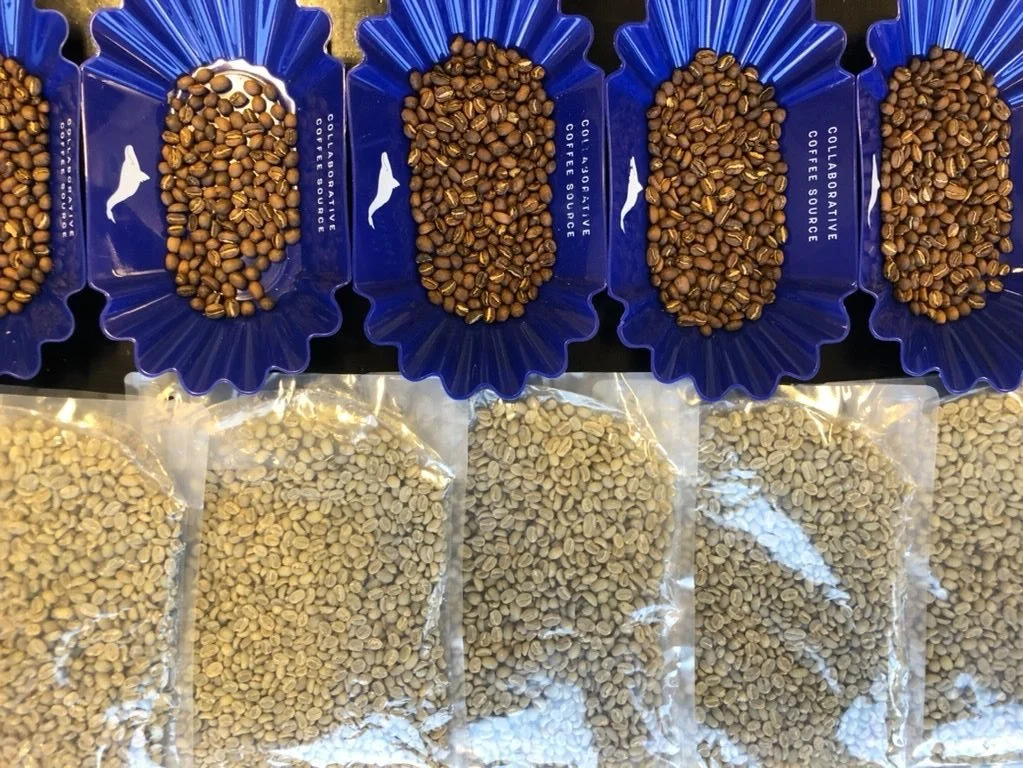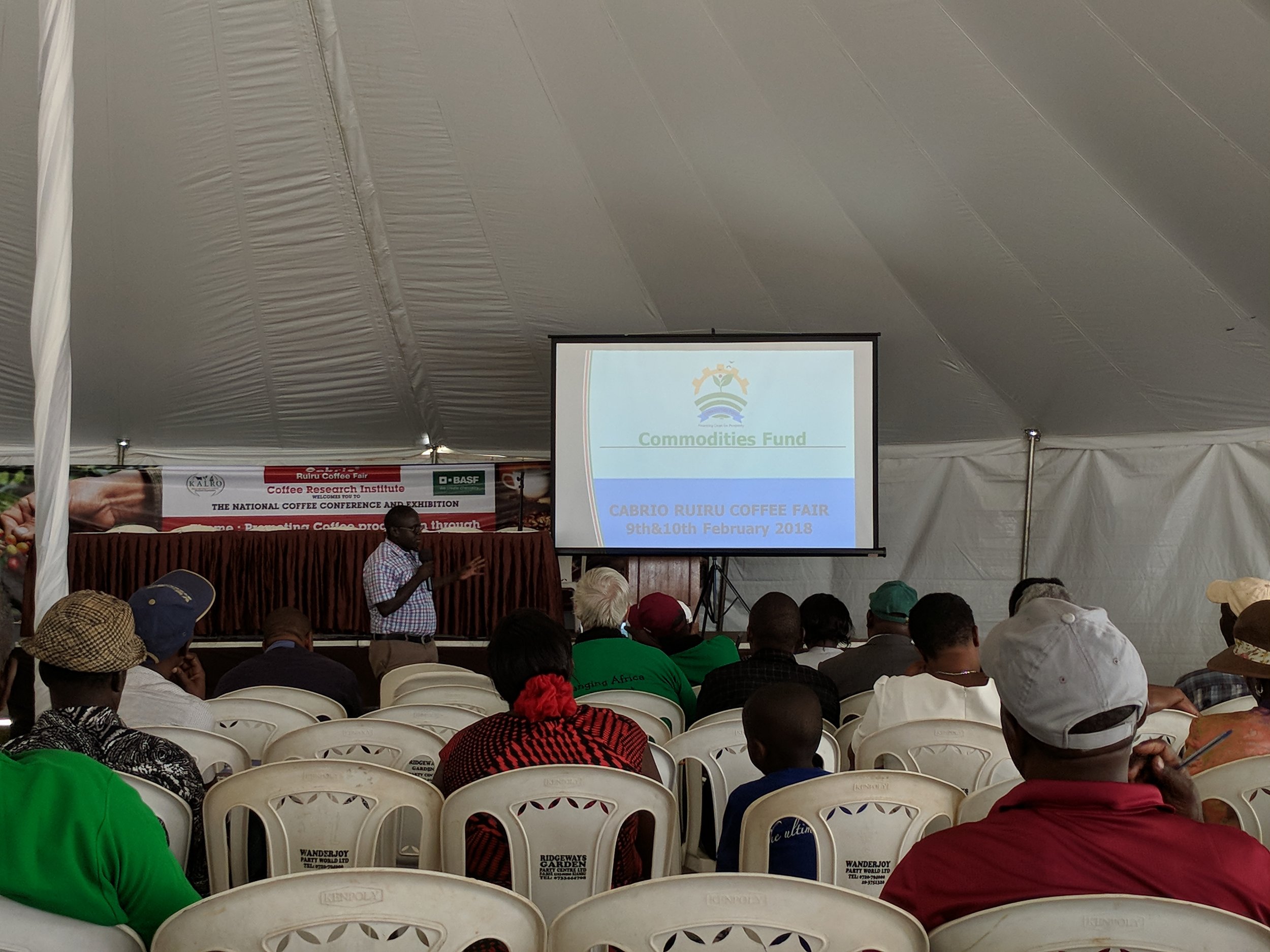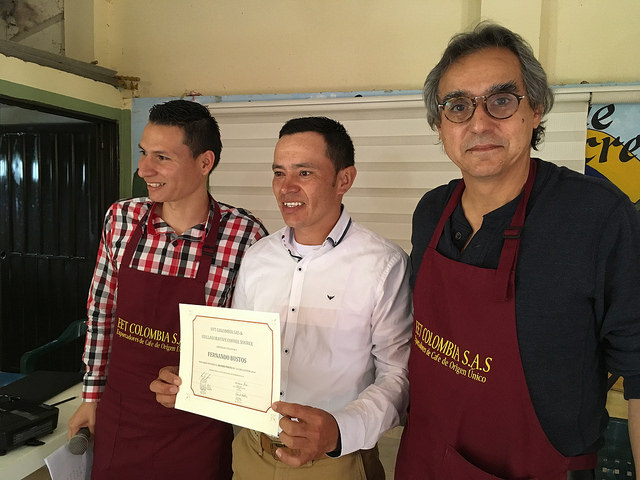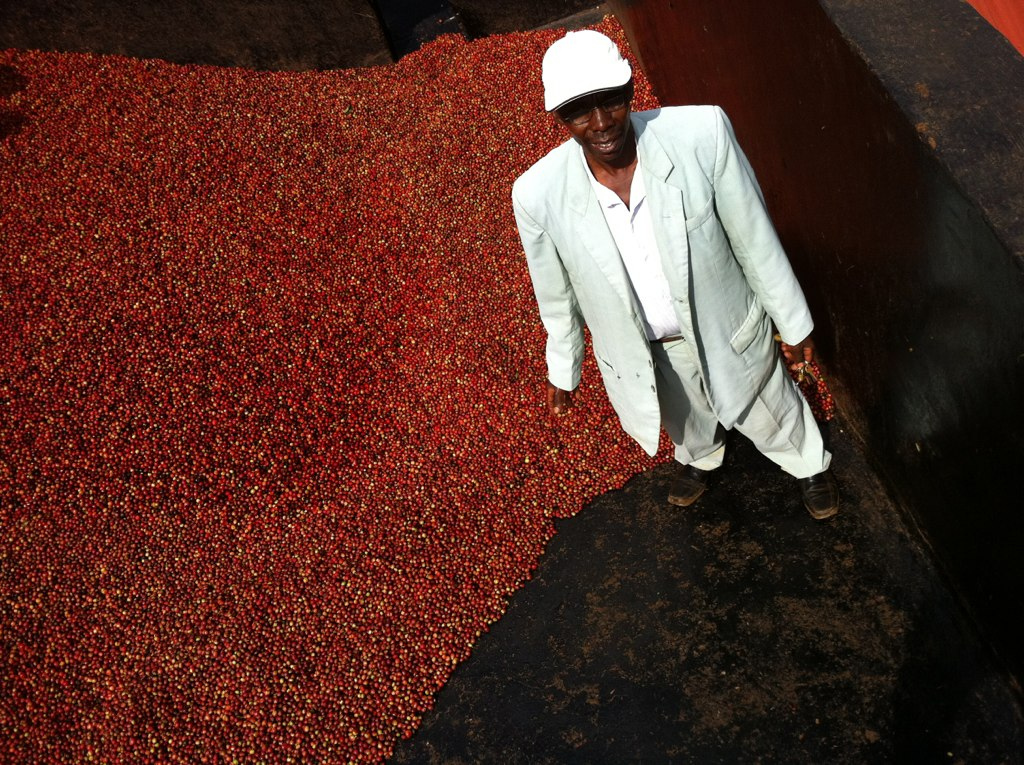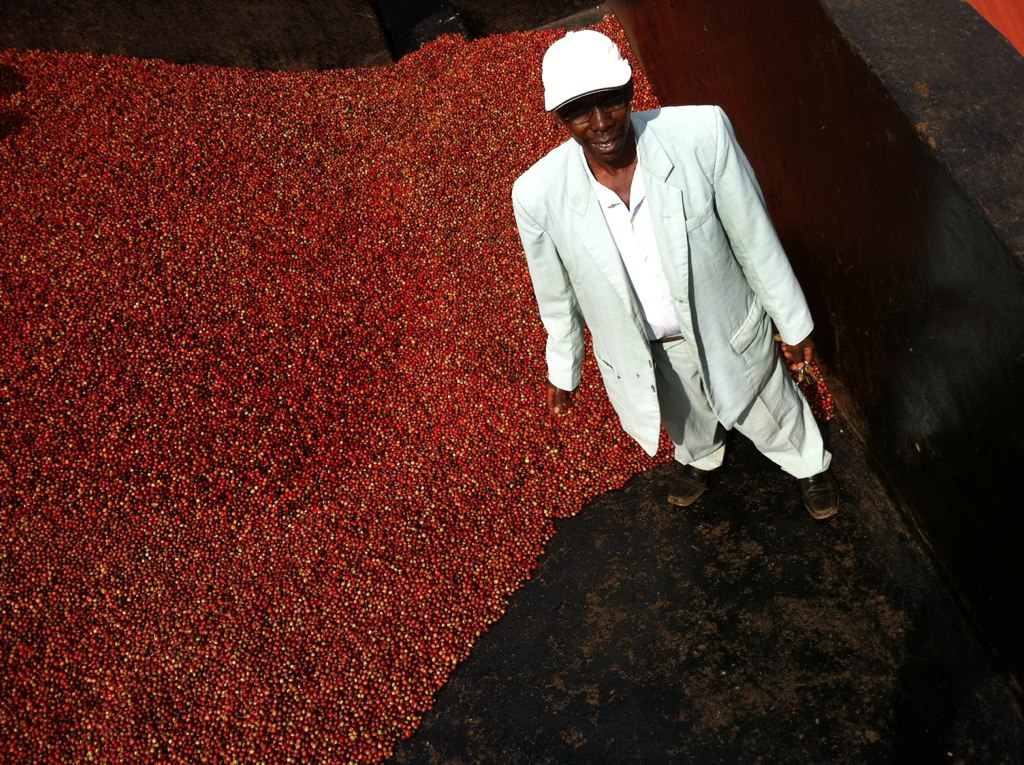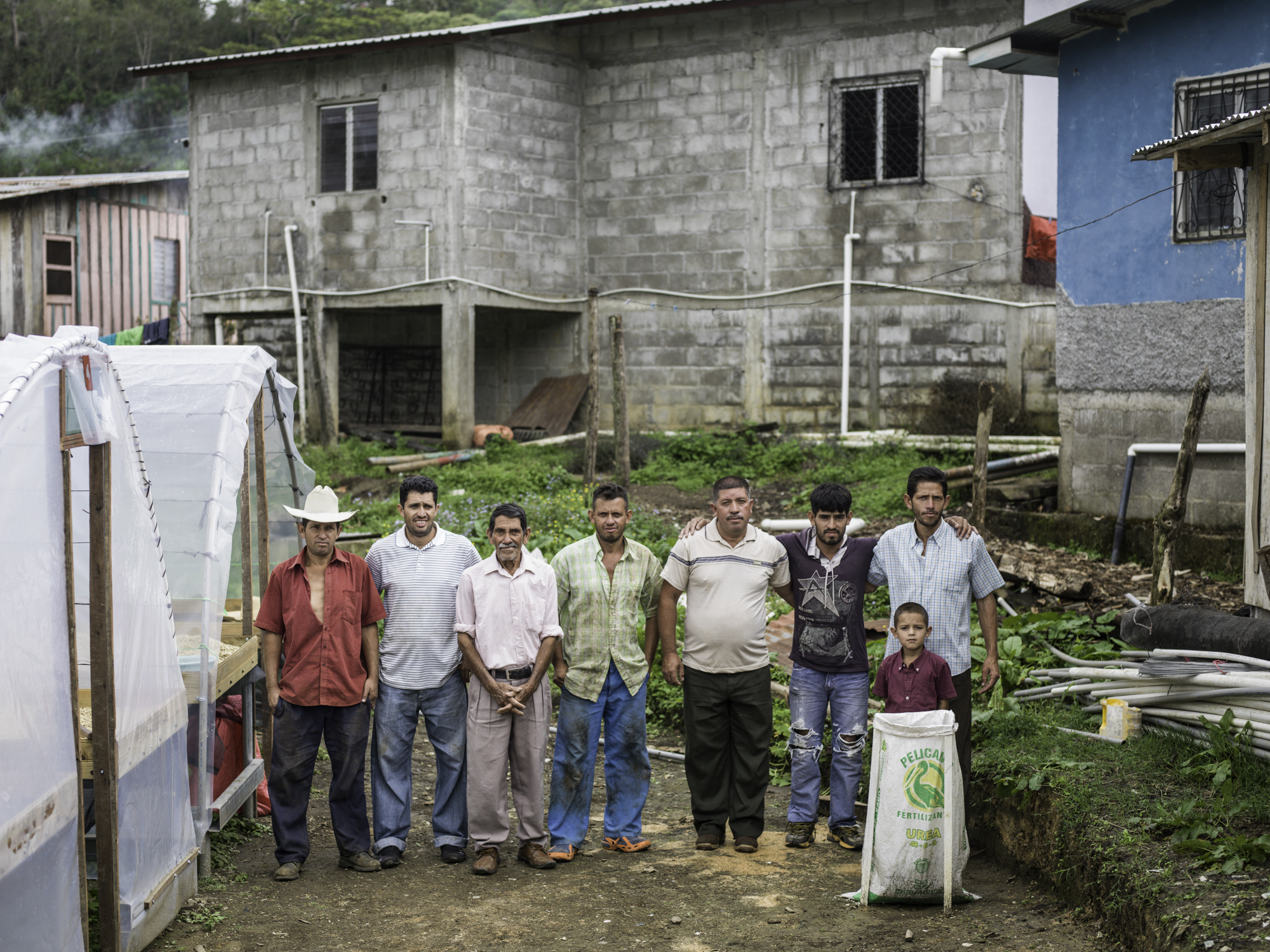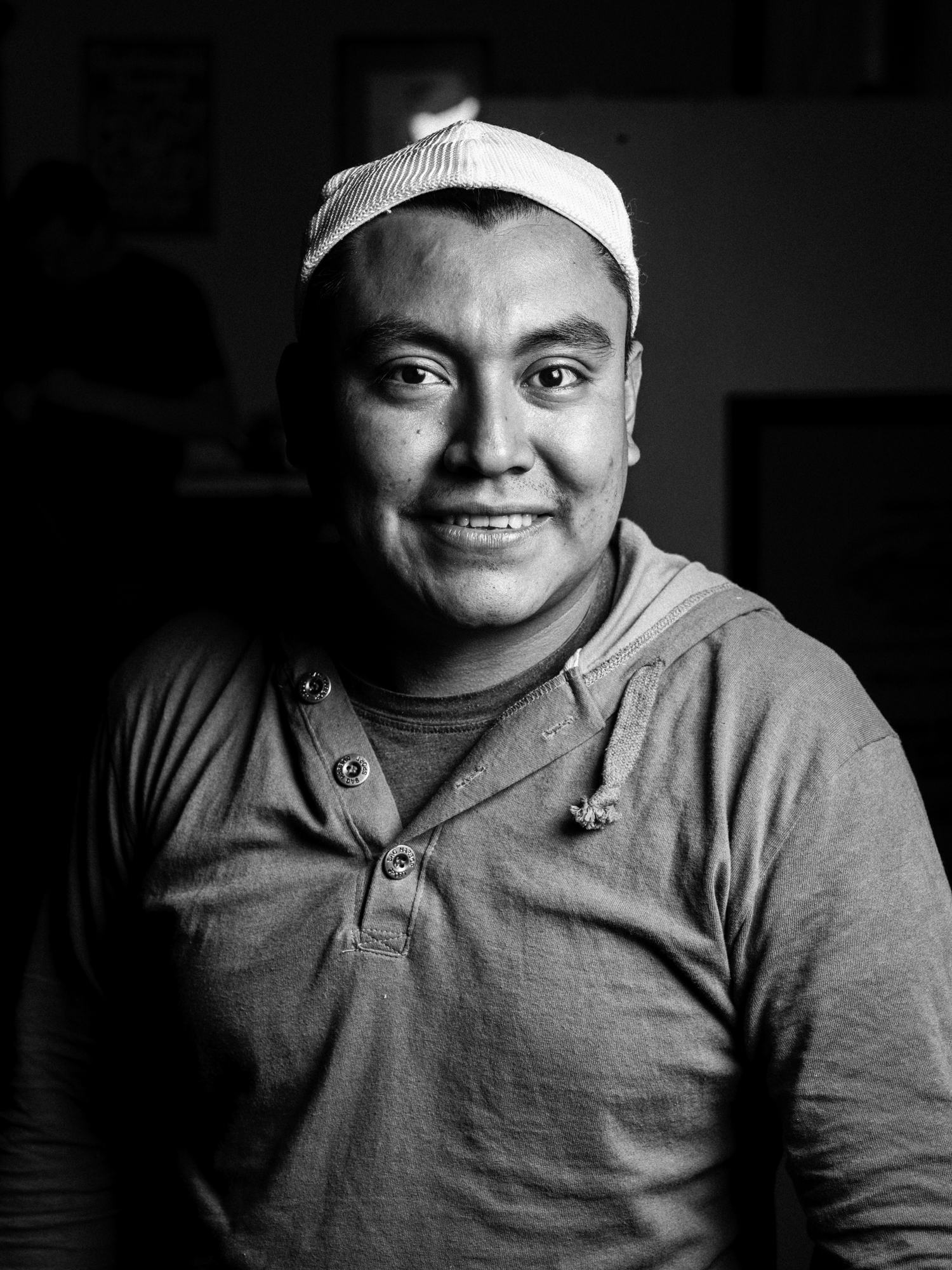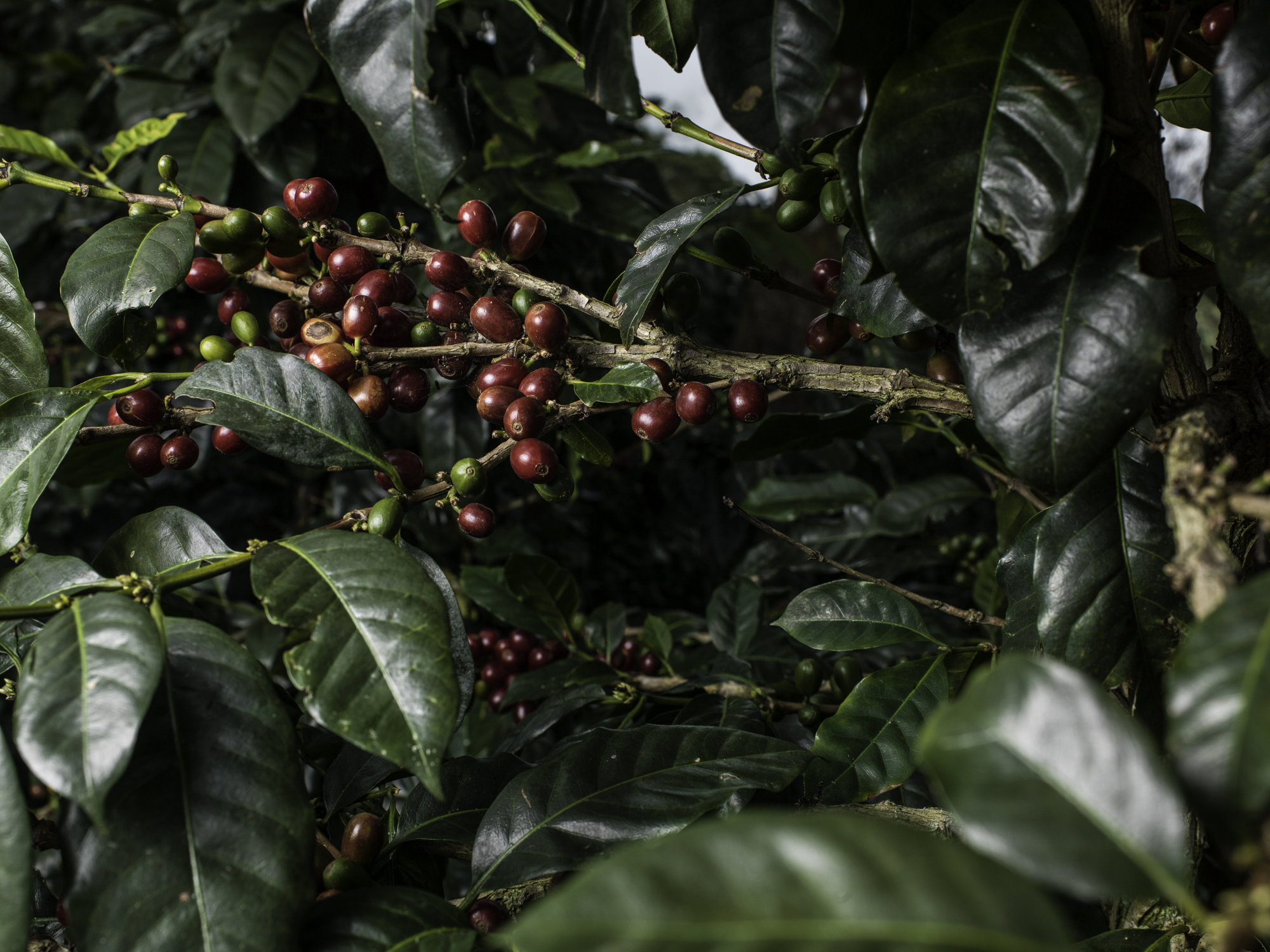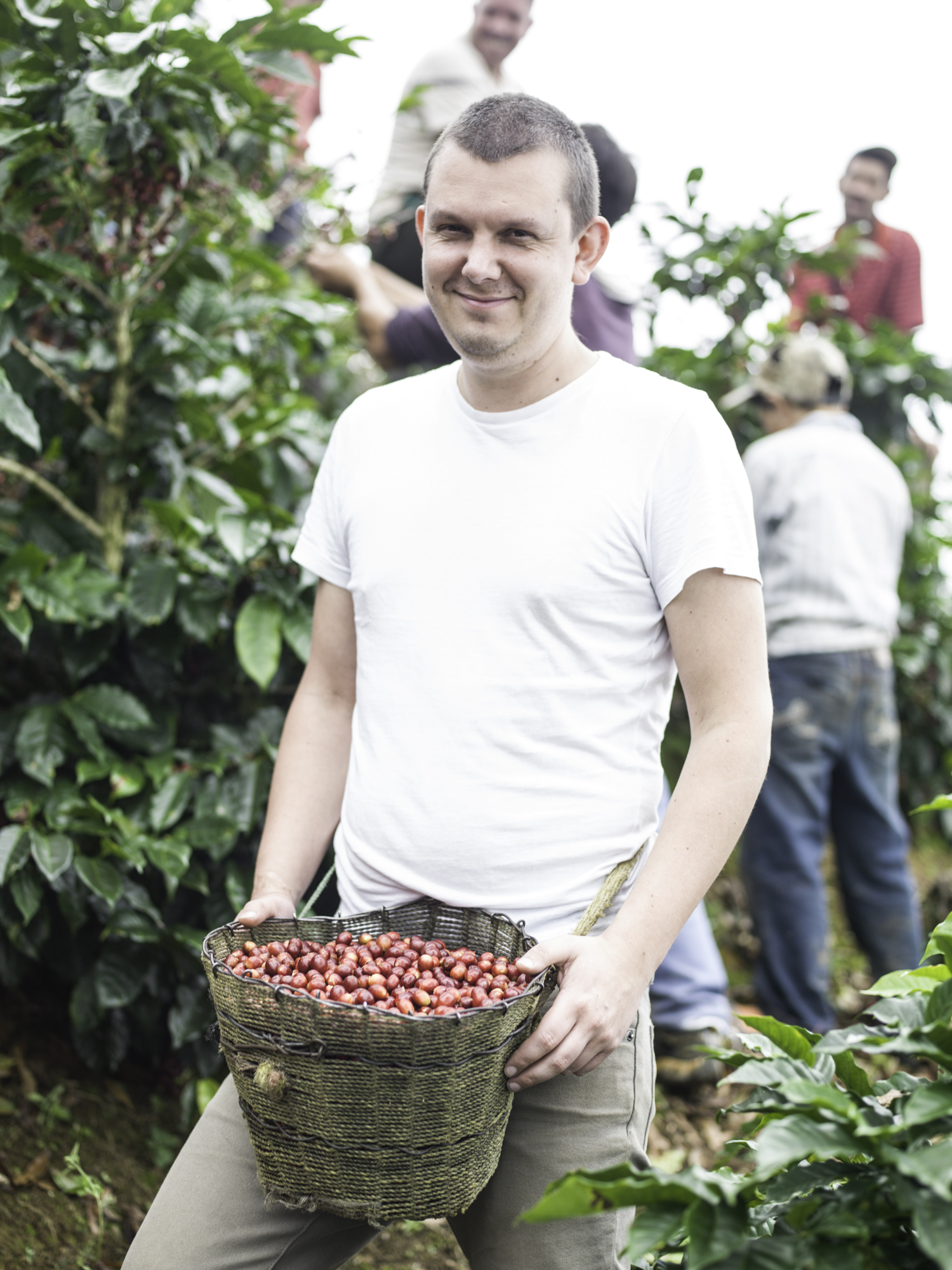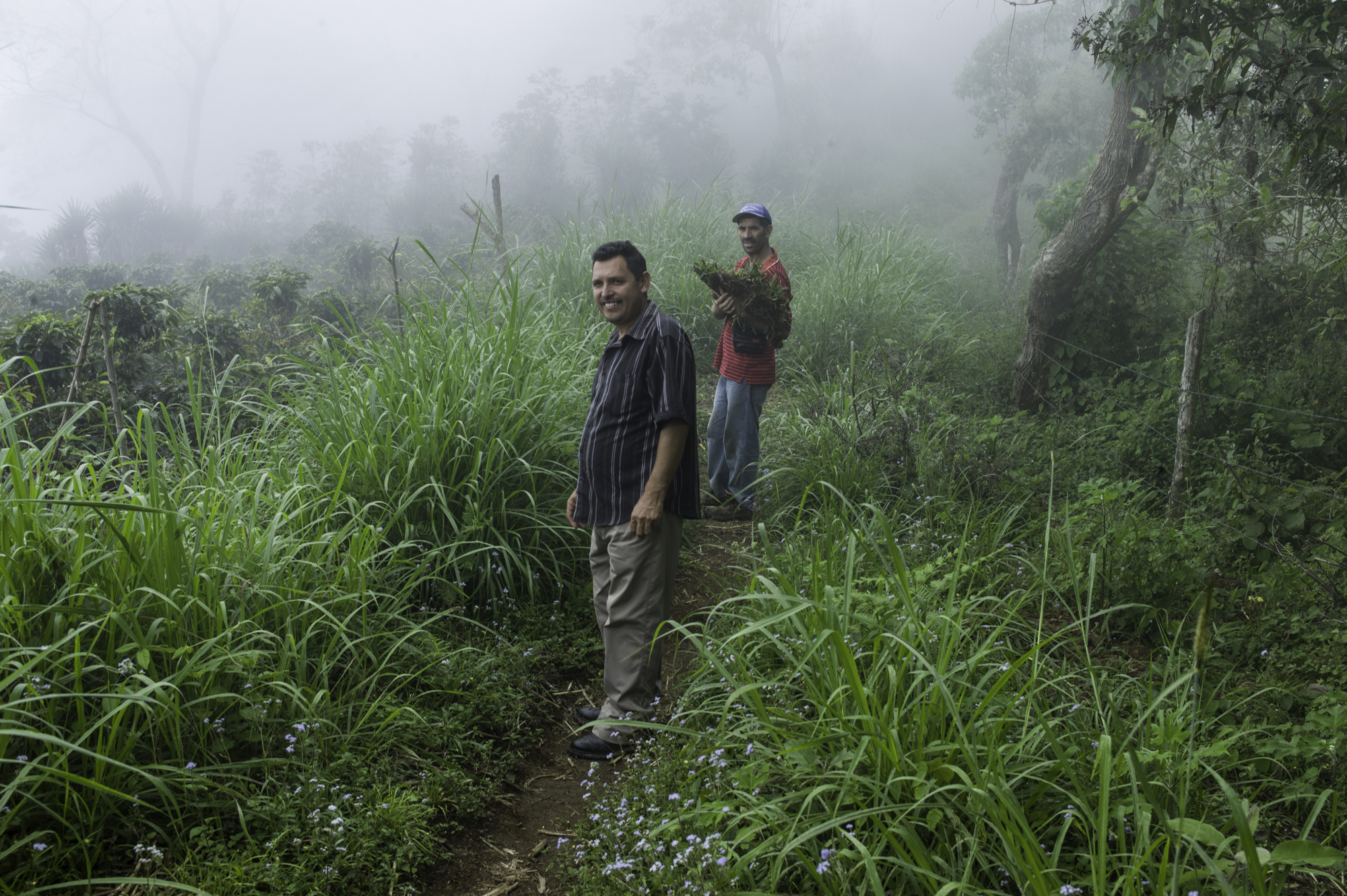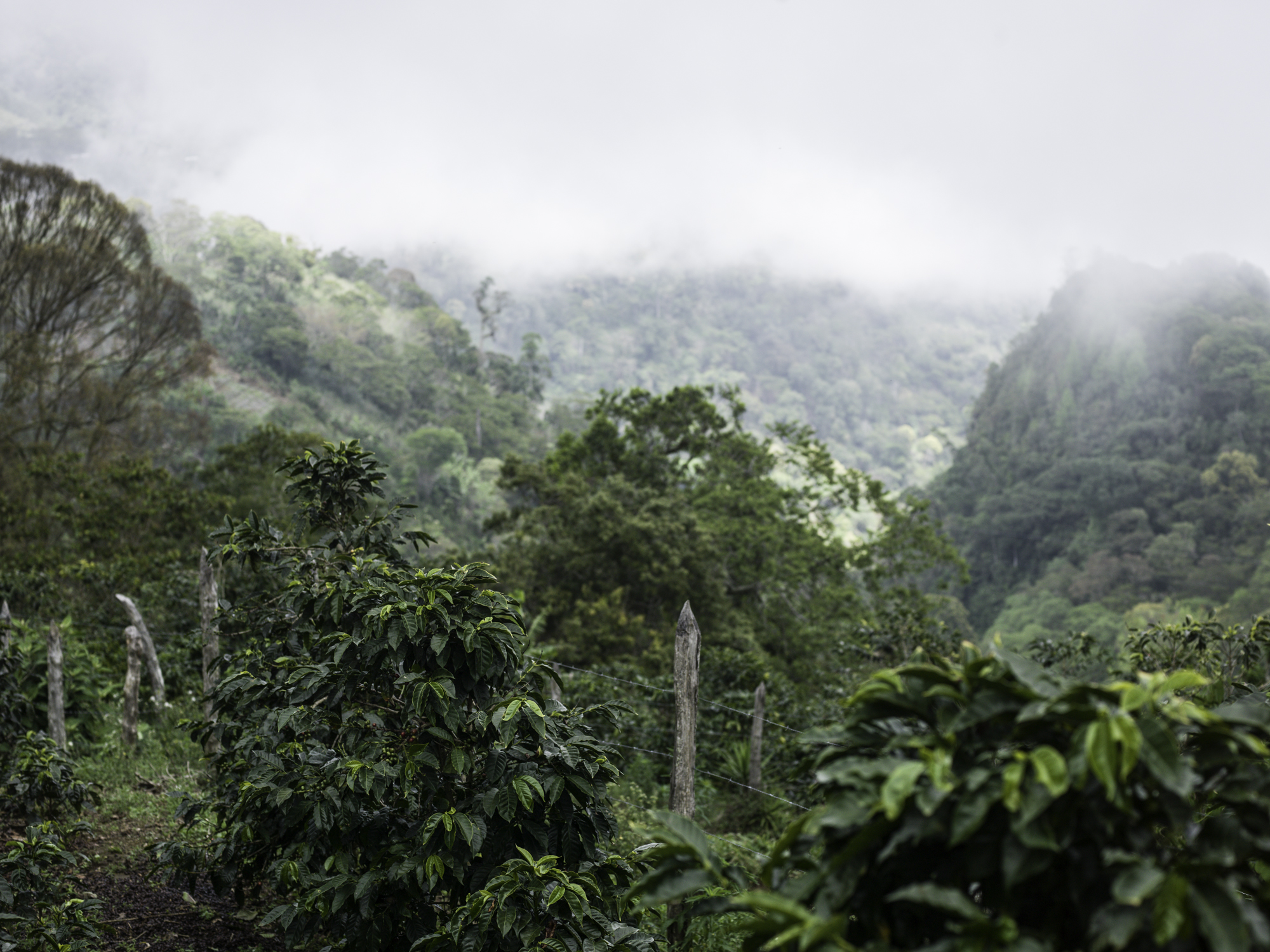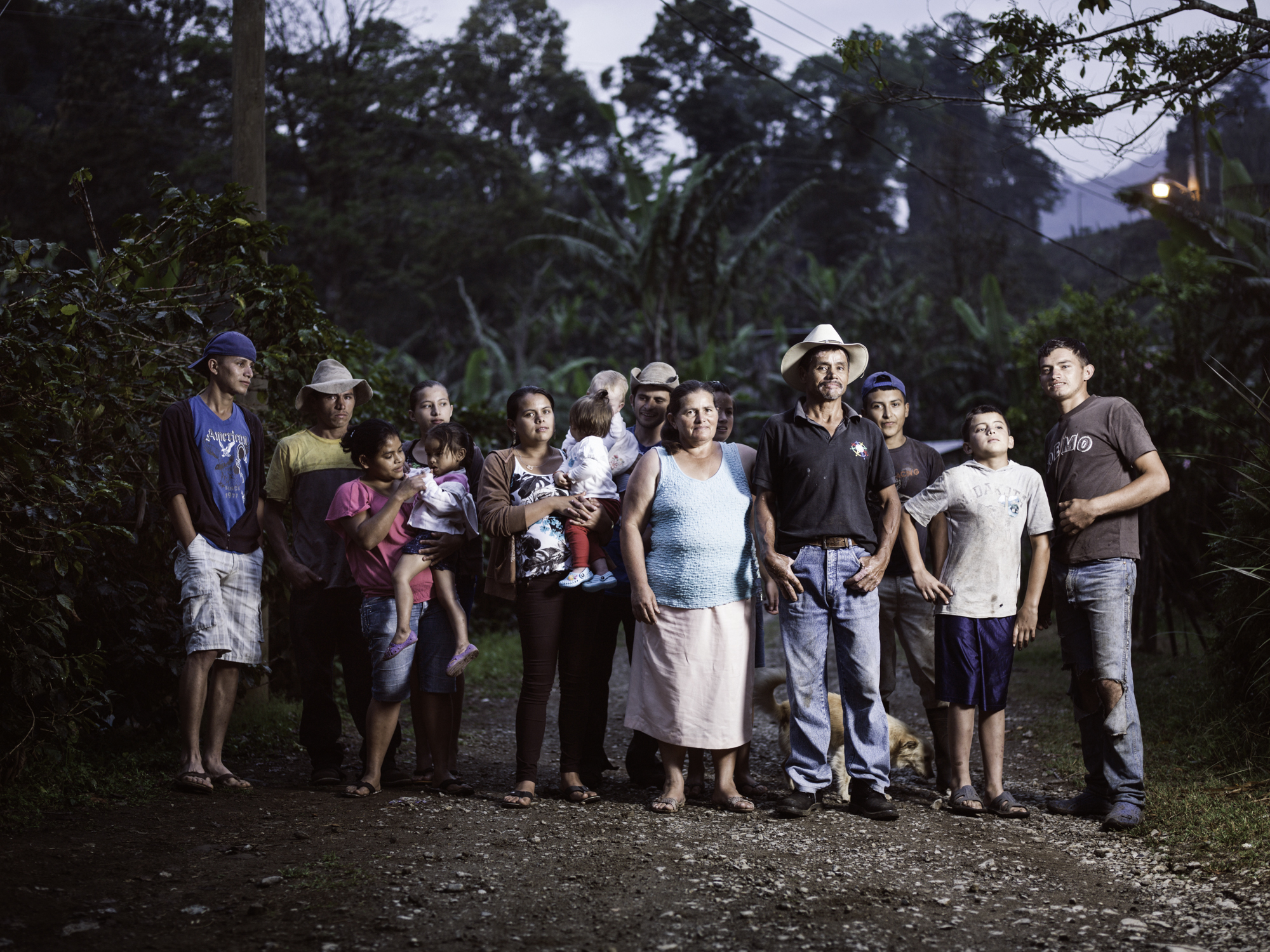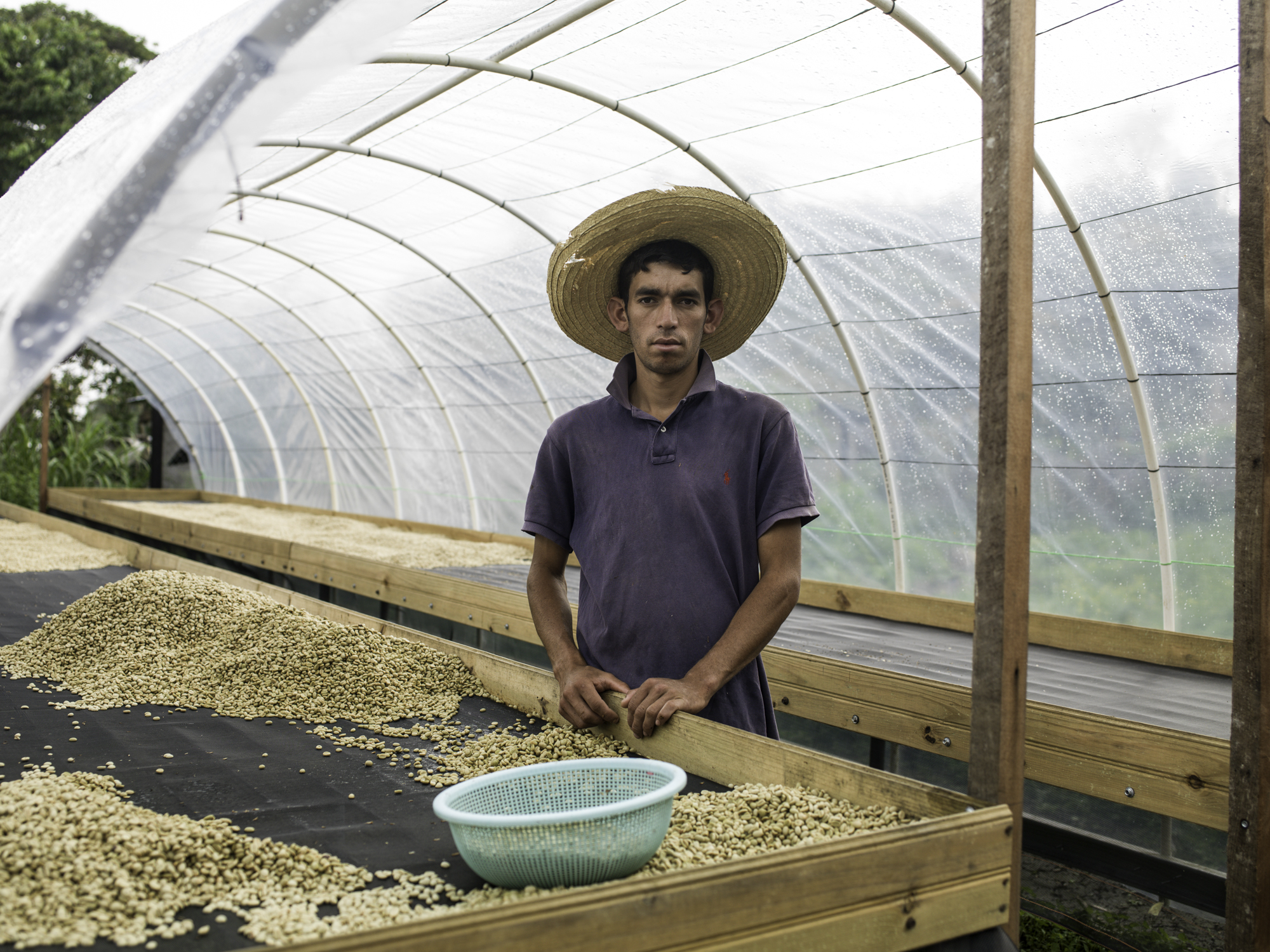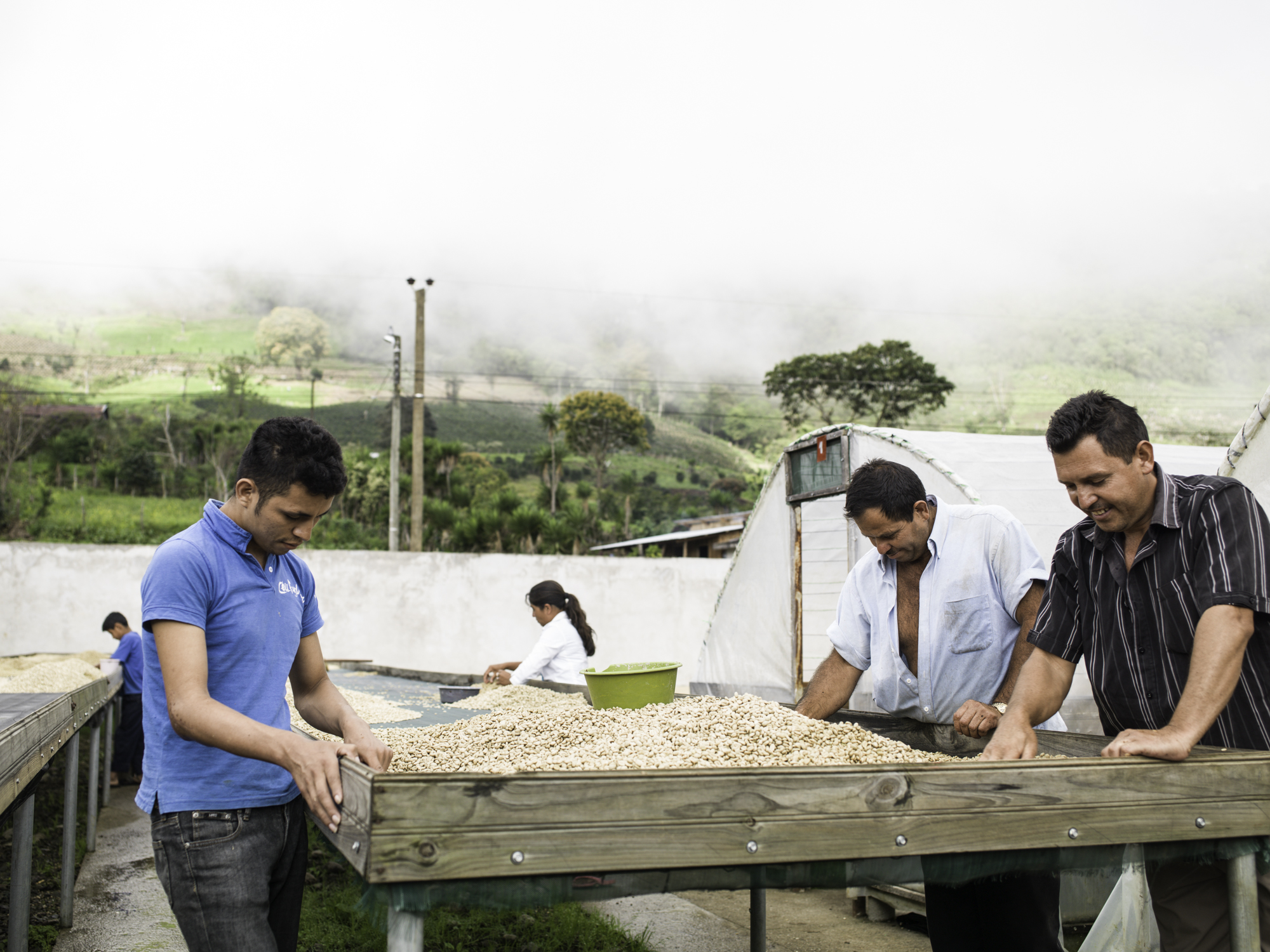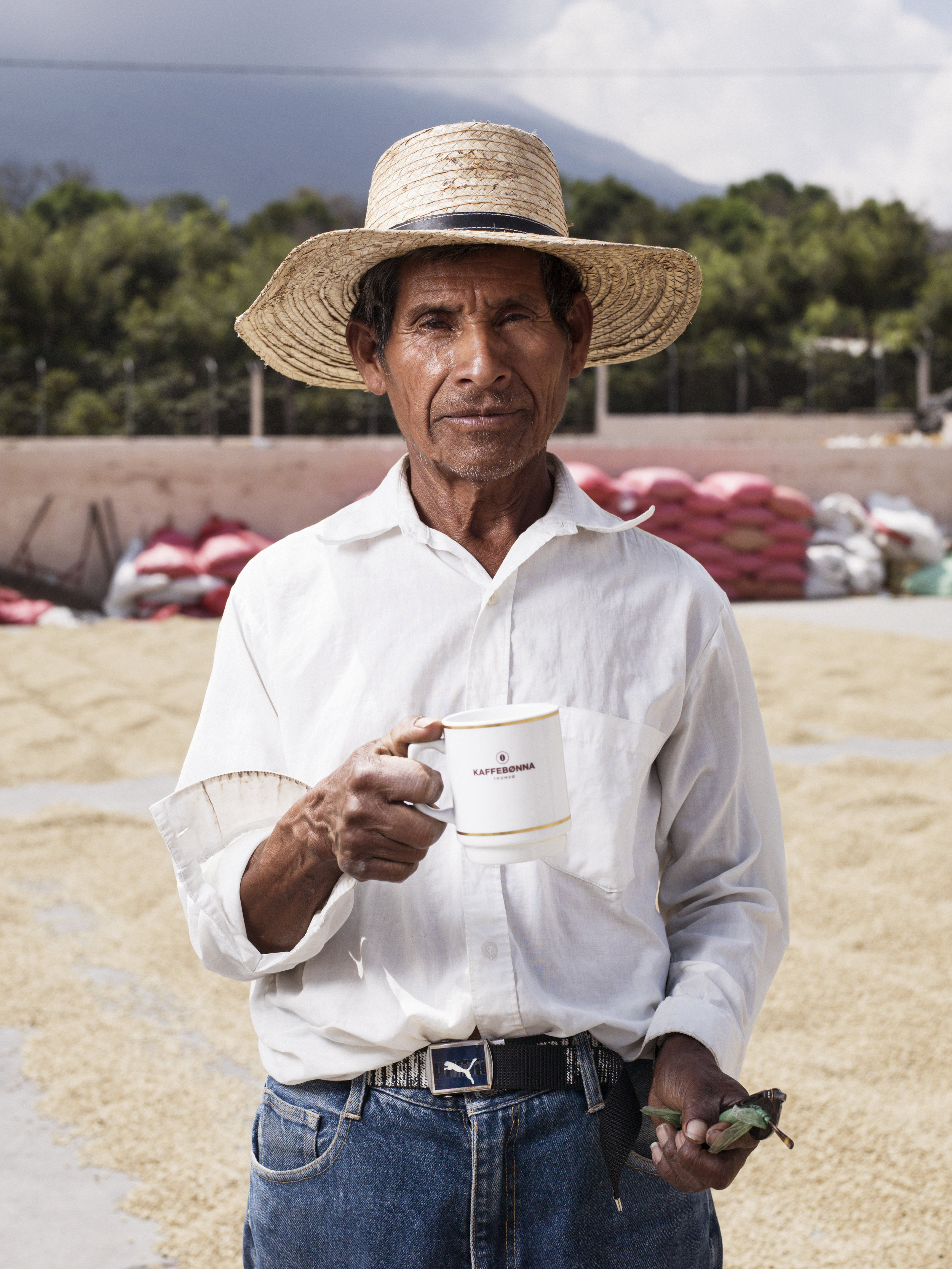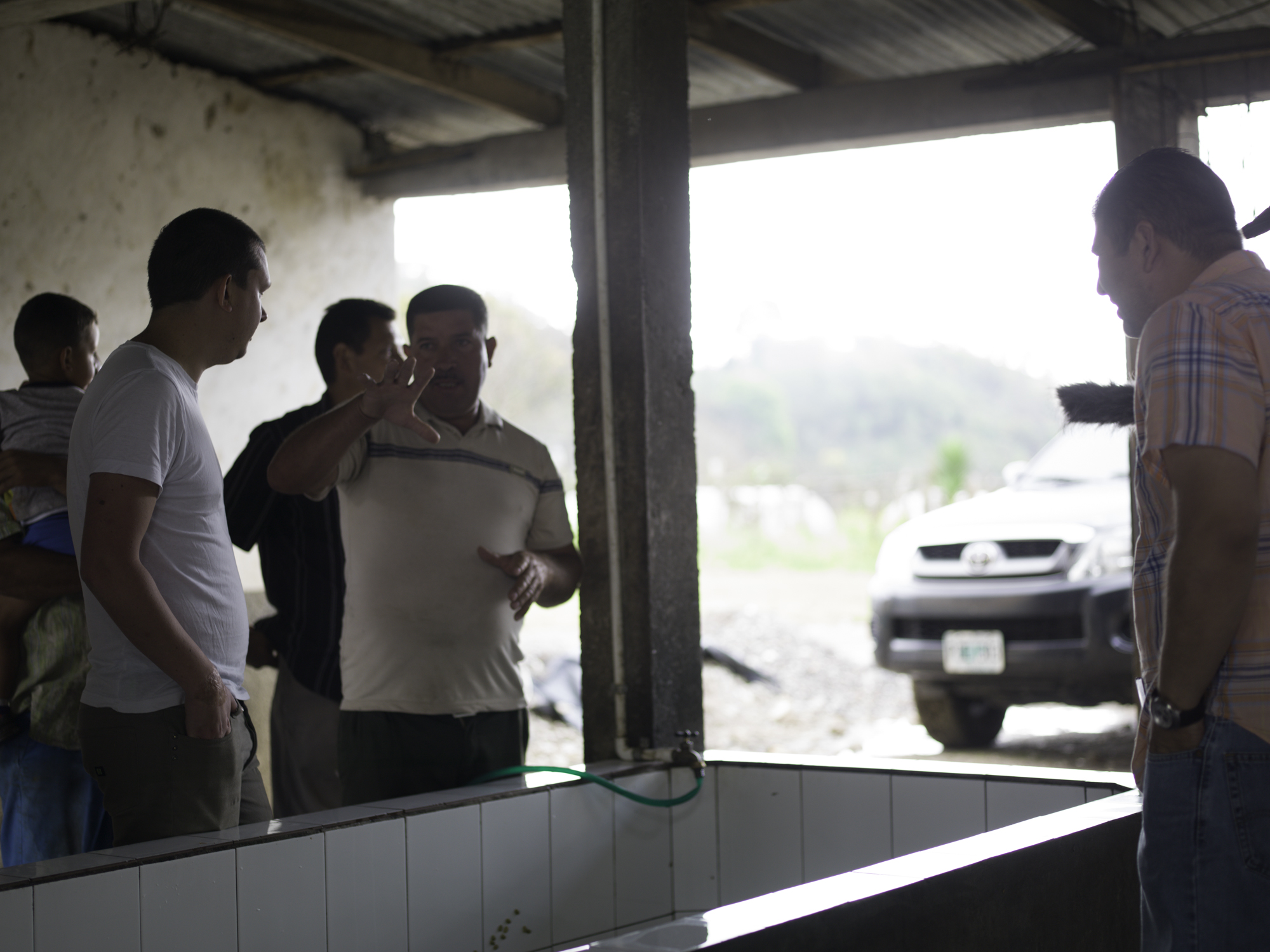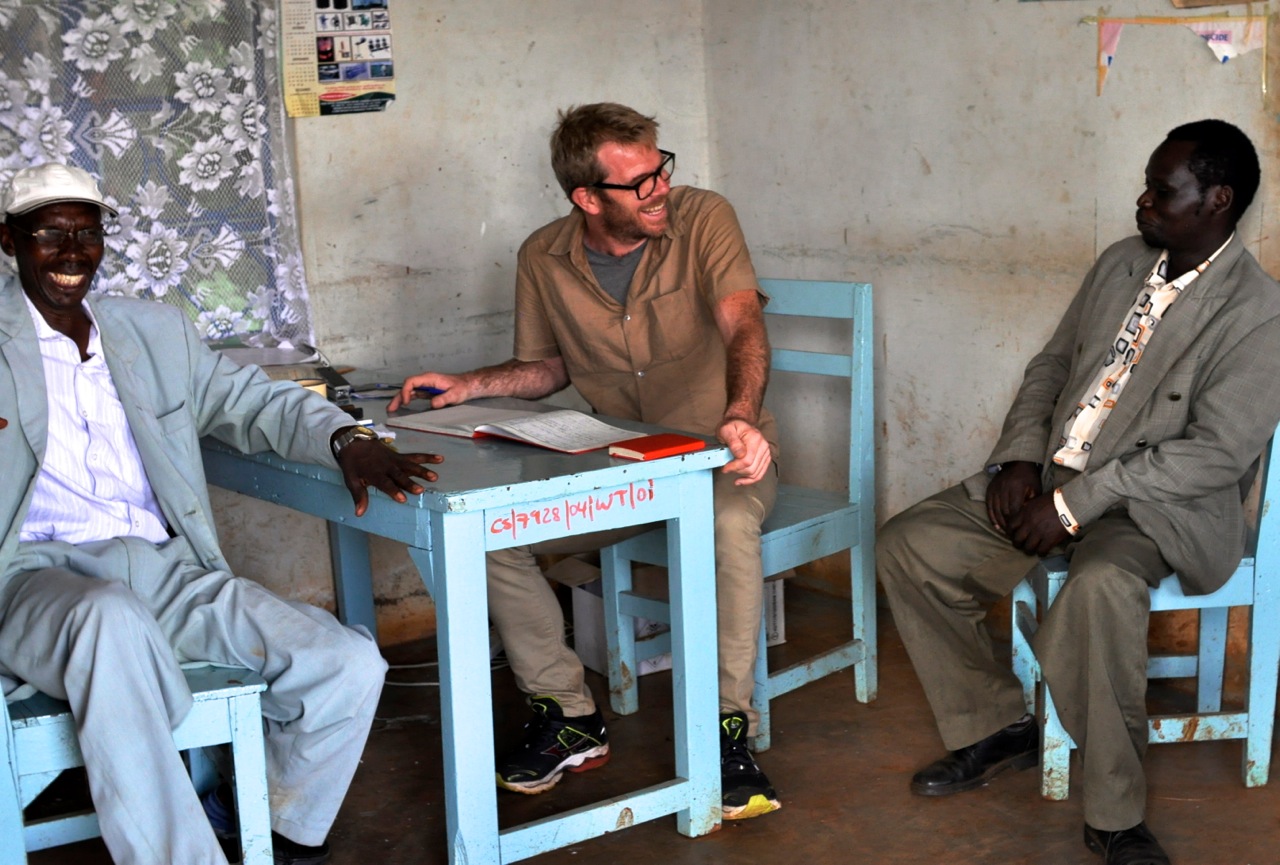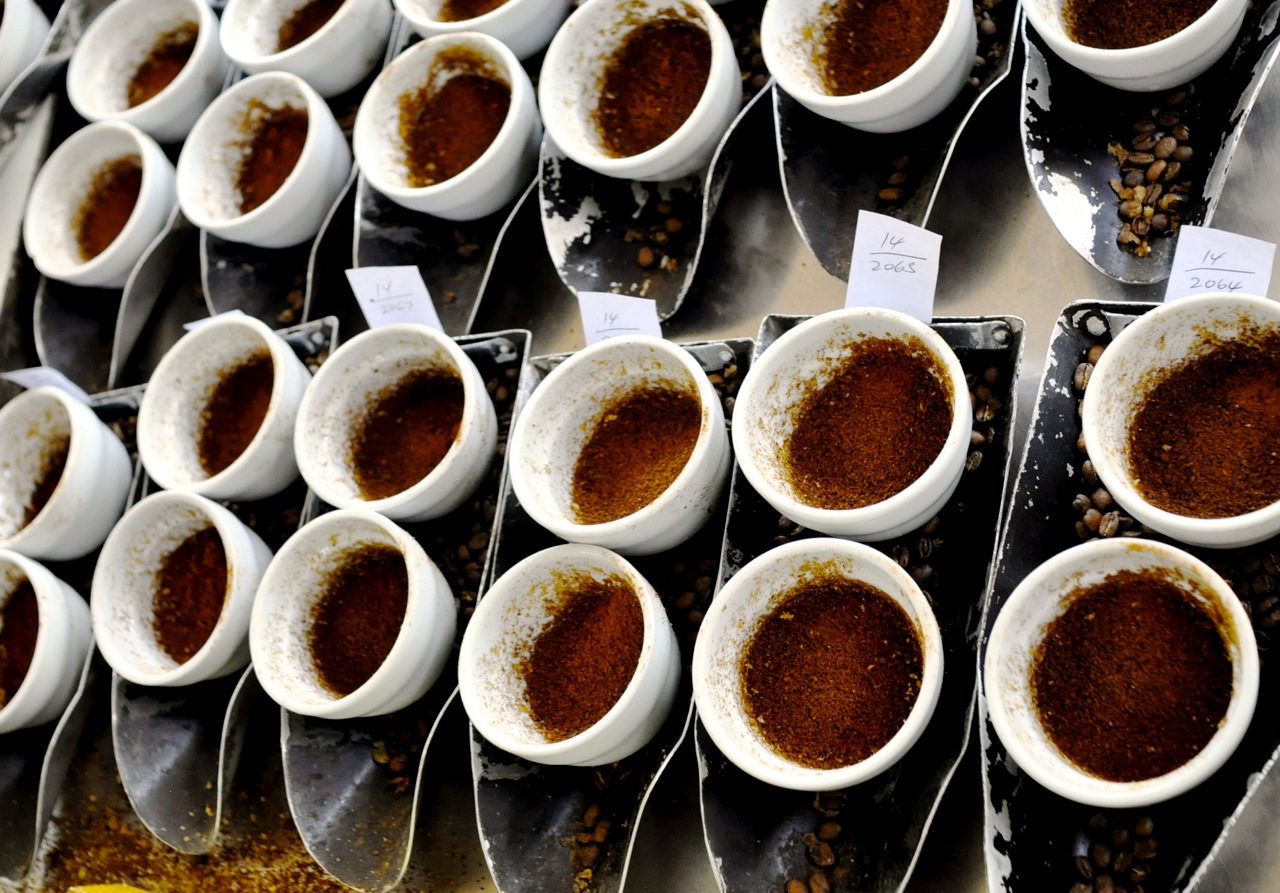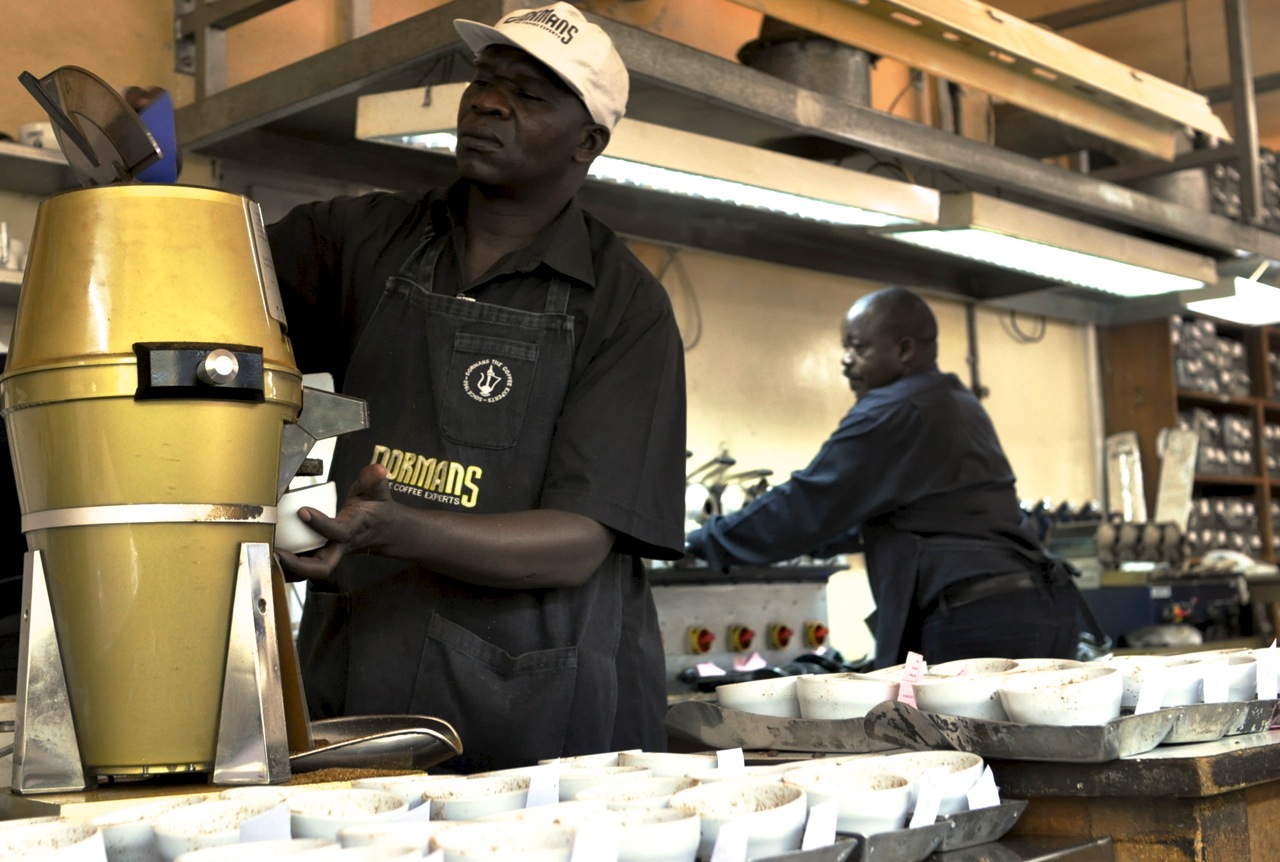We visited Kenya in February, starting at the KenyaCof lab in Karen, and wrapping up in C. Dormans LTD in Nairobi. For ten exciting days we cupped the best of this year’s Kenya crops, and found the truly unique and delicious gems amongst so much great coffee.
Order your samples
We are excited to provide you with nothing but the best of what Kenya has to offer. These stellar coffees should be on the water very shortly. Contact Nico in Europe, or Colleen and Sal in the US to request samples.
KenyaCof
It was my first trip to this origin, and I could not have imagined the logistics behind buying coffee in an auction system, and what that means for sample storage. The first day I walked into KenyaCof I was blown away by the thousands of sample bags that filled the office. To me, it looked like compete chaos, but the wizardly staff at KenyaCof could have located a sample in a second, and told us exactly how much was remaining. I am truly impressed with the professionalism at KenyaCof, including Managing Director, Mie Hansen, who hosted us in a multitude of ways, even picking us up from the hotel every day, to Sample Roaster extraordinaire James, and everyone in between.
Days one and two at KenyaCof were spent screening and pairing down the massive offerings list, setting up the final table for day three. There was an overwhelming number of coffees to choose from and I am thrilled with what we’ve selected.
Decisions are hard - Will (left, Tandem Coffee Roasters), Ondrej (middle, Doubleshot) and Robert grapple with the difficult task of selecting the best of the best.
A small fraction of the KenyaCof offerings
Dormans
The start of the next week brought a short trek over to the historic C. Dormans Ltd lab. Dormans Coffee holds such a dear place in my heart, and it has long been my dream to visit their famous facility. How bittersweet it was to have made it to the lab in its last year before they move to a bigger and better facility. While you can’t take the history of the building with you, you can take the people and know-how that make C. Dormans the coffee powerhouse it is today. I had the fortune of seeing some drawings of the planned facility, and it is going to be spectacular.
The lab was buzzing with activity when we arrived. The plan, as before, was two days of pre-screening coffees, followed by a final day of top selections. Again, we were overwhelmed with the quantity of delicious coffee, and the skill of their roaster of 28 years, Samuel, whose consistency is awe-inspiring. Raphael and the rest of the Dormans team were thrilled of the quality of coffee available in the auction this year, and noted the significant improvement over last.
Price increase
While quality is definitely up, yields in Kenya this year are down, and that will affect prices.
Bridget Carrington, Managing Director at Dormans, explained that production is down around 20-30% on the main crop. “The New York futures market is much lower, so the coffee that is traded deferentially is more expensive,” she said. However she also agreed that quality is a better this year than last. “The best coffees continue to fetch healthy premiums over and above the rest."
Raphael (far right) and his team at Dormans working hard to provide us with delicious coffee
Ruiri Coffee Fair
This trip was strictly about cupping, so we didn’t have time to visit any farms or washing stations. However we did have the chance to see the Ruiri Coffee Fair. Don’t bother Googling it. I tried. The website doesn’t link to booth reservations, hotel offerings or a symposium program. You won’t find much more than a date and time for last year’s event, and a Facebook group that suggests that two people attended. But I can assure you it exists and more than two people were there.
In fact, there were perhaps 300 people from Kiambu County, which may be a small fraction of the attendance of an event like the SCA Specialty Coffee Expo, but for those 300 people it was possibly the most important event on their calendar. As well as discovering the latest technology tractors, depulpers and roasting machines, those 300 people were there to share and receive information. In our hyper-connected countries we sometimes take for granted our access to information, anytime, anywhere. For these farmers, the Ruiri Coffee Fair may be the place to receive some small offering of knowledge that changes their coffee, and thus, their lives.
The booths were buzzing with eager attendees
Sustainability and financing seminar at the Ruiri Coffee Fair
Cultural cupping exchange
Cupping in Kenya was also a transformative experience for me. On this trip we were joined by a number of colleagues from across the globe; Will of Tandem Coffee Roasters in the United States, Ondrej from Doubleshot in Czech Republic, Stanley of Green Coffee Gallery in Taiwan, and Nicholas of Camera Obscura in Russia.
It is always a joy and a revelation to travel with coffee professionals from different parts of the world. As a coffee buyer, even a single cupping session with someone from another culture can yield information that gives you an invaluable outlook into another market, an experience that you just can’t get secondhand. To spend multiple days with them and see how the process works in their head, session-to-session, can add a layer of understanding that allows you to grow you as a professional. You start to re-evaluate your own understanding of coffee. I’m very grateful for each time I get this opportunity. Thanks, all.
Matt

